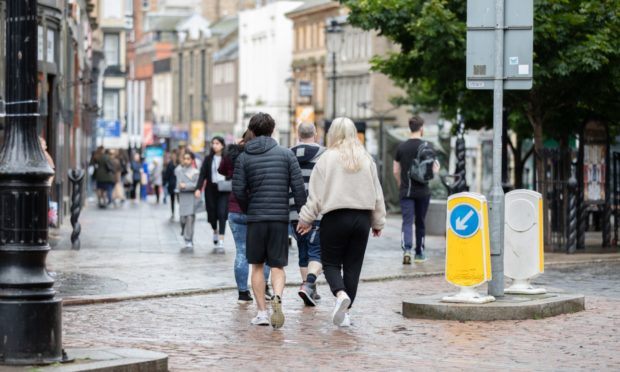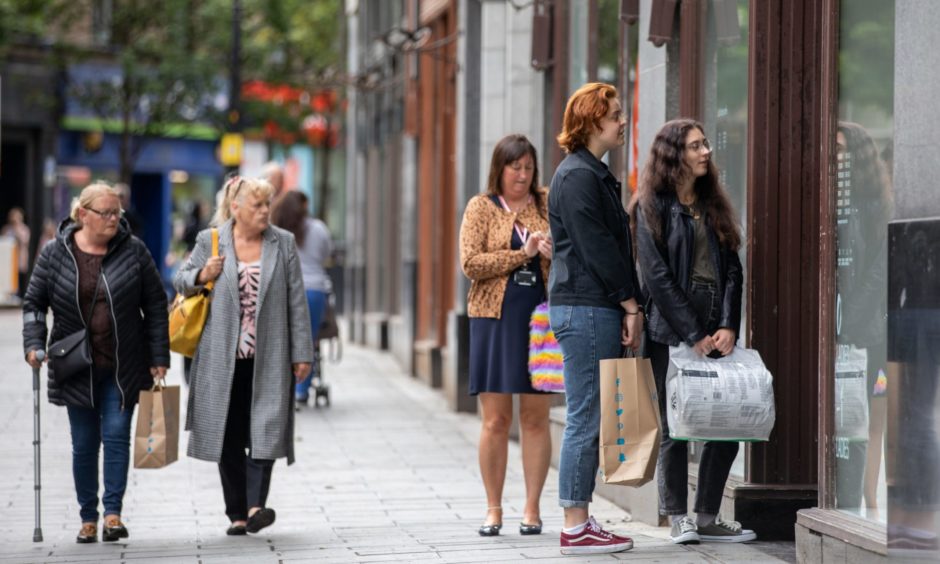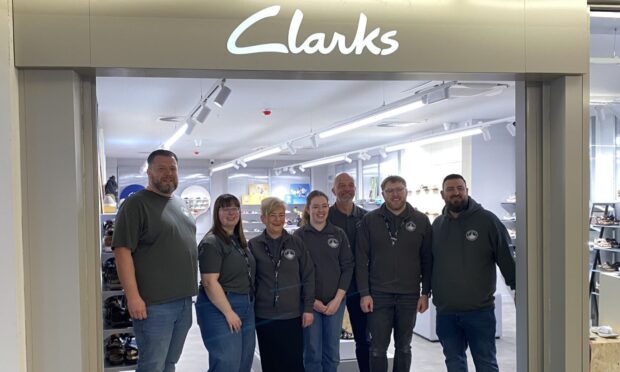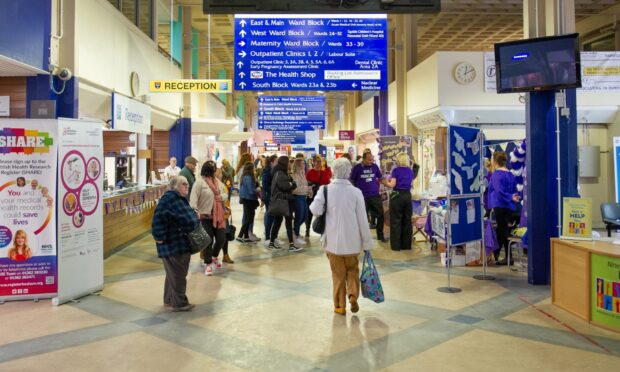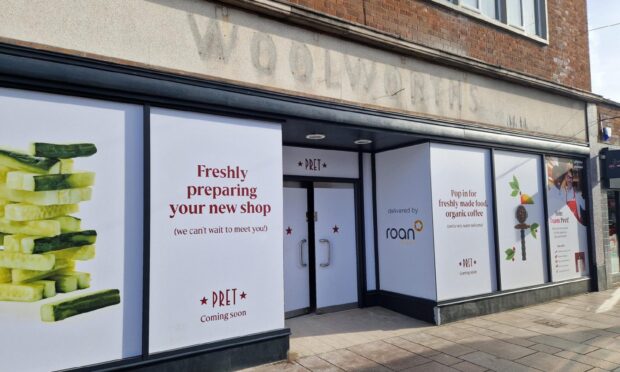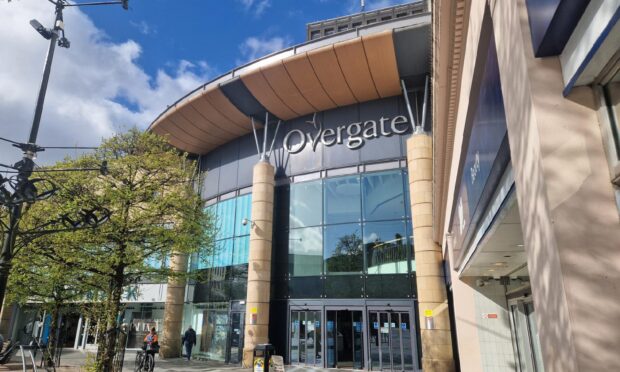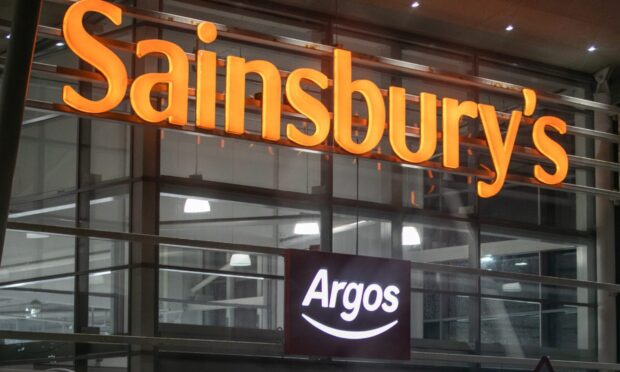“Retailers are facing a daily fight for survival”
Scottish retail sales went into reverse in October, slipping to their weakest performance since the end of lockdown in June, according to a new report.
The Scottish Retail Consortium data showed Scottish sales fell by 8.5% last month compared with October 2019. Non-food sales were down 19.3% year on year.
Scottish Retail Consortium director David Lonsdale said: “Retail sales in Scotland have still to emerge from the pandemic-induced funk, after eight months – deeply concerning at what is for many stores the start of the all-important festive period.
“We are now in the all-important festive trading period, when some retailers traditionally make the majority of their annual revenues or at least enough to tide them over the lean winter period.
“Businesses perfectly healthy at the start of the year are now struggling with circumstances beyond their control, and the fight for survival couldn’t be more intense for some.”
Total food sales increased 4.4% compared to October 2019, when they had increased by 2.6%. This was the highest growth since March, when stockpiling inflated the figures.
Paul Martin, partner, UK Head of Retail, KPMG, added: “October’s data perfectly reflects the crisis facing Scotland’s High Streets.
“Accelerated growth in food sales provides some evidence that a tightening of restrictions and growing fears of a return to lockdown are encouraging stockpiling, but it isn’t enough to halt an overall decline.
“With non-food sales down by more than 19% and total year-on-year sales down almost 7%, retailers are facing a daily fight for survival.
“Shifting consumer behaviour, driven by Brexit and Covid-19 uncertainty is having an unprecedented impact on Scotland’s retail industry.
“We’re just a week away from Black Friday and in the middle of the so-called ‘golden quarter’, when the sector typically witnesses its biggest gains.
“This winter, to simply survive, retailers will have to double down on innovative strategies, pivot towards profitable online revenue growth and work even harder to tempt some shoppers back to physical retail spaces.”
